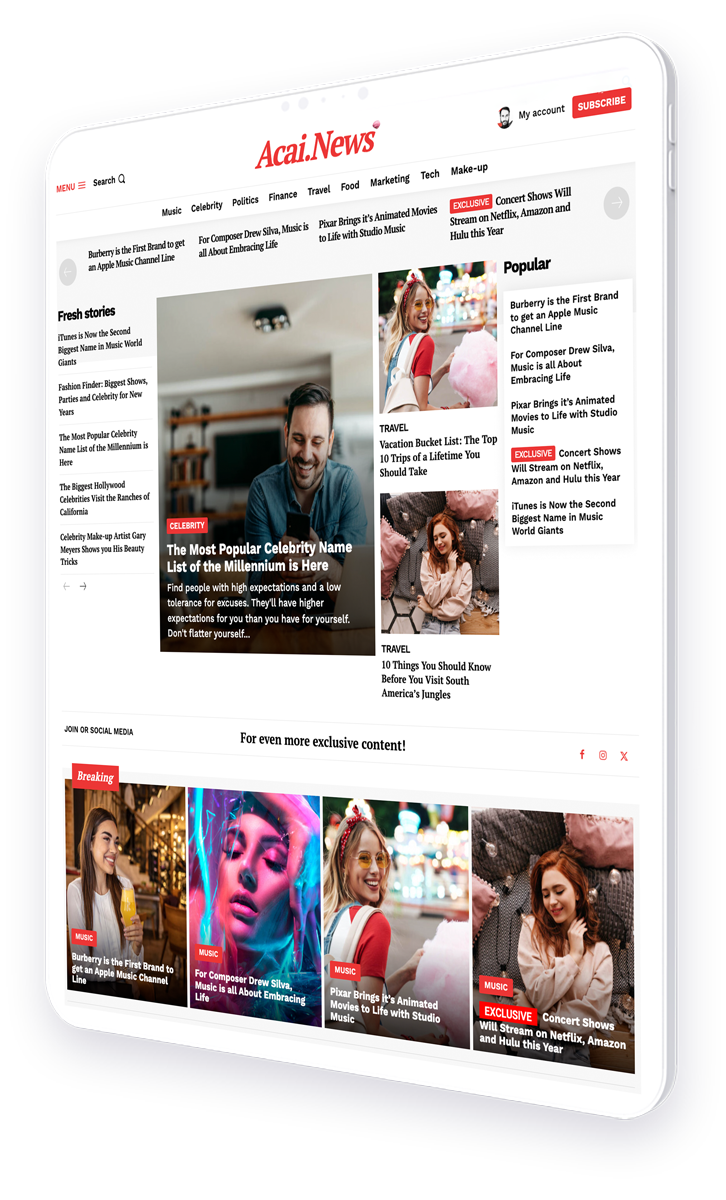Discover how AI tools can optimize content strategies for corporate magazines, from personalized content recommendations to data-driven insights for better audience targeting
Introduction
In today’s digital age, corporate magazines face the challenge of standing out in a saturated market. With the rise of digital content consumption, traditional methods of content creation and distribution are no longer sufficient. Artificial Intelligence (AI) offers innovative solutions to optimize content strategies, ensuring that corporate magazines not only reach their target audience but also engage them effectively. This article explores how AI tools can revolutionize content strategies for corporate magazines, from personalized content recommendations to data-driven insights for better audience targeting.
The Role of AI in Content Strategy: Understanding AI in Content Creation
AI has transformed the way content is created, curated, and distributed. By leveraging machine learning algorithms and natural language processing, AI can analyze vast amounts of data to generate insights that inform content strategies. This technology enables magazines to produce content that resonates with their audience, ensuring higher engagement and retention rates.
Benefits of AI-Driven Content Strategies
1. Personalization: AI can analyze reader behavior and preferences to deliver personalized content recommendations, enhancing the reader’s experience.
2. Efficiency: Automating content creation and curation processes saves time and resources, allowing editorial teams to focus on more strategic tasks.
3. Data-Driven Insights: AI provides valuable insights into audience demographics, preferences, and behavior, enabling more targeted content strategies.
4. Scalability: AI tools can handle large volumes of data, making it easier to scale content production and distribution efforts.
Personalized Content Recommendations
How AI Personalizes Content
AI algorithms can analyze user data, such as browsing history, reading patterns, and social media interactions, to understand individual preferences. This information is used to tailor content recommendations, ensuring that readers receive articles that align with their interests. For instance, if a reader frequently engages with articles about technology, the AI system will prioritize similar content in their feed.
Case Study: The New York Times
The New York Times has successfully implemented AI-driven personalization strategies to enhance reader engagement. By using machine learning algorithms, the publication can recommend articles based on a reader’s past interactions and preferences. This approach has led to increased reader satisfaction and higher subscription rates.
Data-Driven Insights for Better Audience Targeting
Leveraging AI for Audience Analysis
AI tools can process and analyze large datasets to uncover patterns and trends in audience behavior. These insights enable corporate magazines to identify their target audience more accurately and tailor content strategies accordingly. By understanding what topics resonate with their readers, magazines can create content that is more likely to be shared and discussed.
Example: Vogue’s Use of AI
Vogue magazine utilizes AI to analyze social media trends and reader feedback. This data-driven approach allows Vogue to stay ahead of fashion trends and produce content that aligns with their audience’s interests. As a result, Vogue has maintained its position as a leading fashion publication in a competitive market.
Enhancing Content Distribution with AI
Optimizing Content Delivery
AI can optimize content distribution by determining the best times and platforms for publishing. By analyzing user engagement data, AI tools can identify when readers are most active and likely to engage with content. This ensures that articles reach the maximum number of readers at the right time.
Case Study: Forbes’ AI-Driven Distribution
Forbes has implemented AI-driven distribution strategies to enhance its content reach. By using AI to analyze reader engagement patterns, Forbes can schedule content releases at optimal times, resulting in higher readership and engagement rates. This strategic approach has contributed to Forbes’ continued success in the digital publishing landscape.
Challenges and Considerations
Ethical Considerations
While AI offers numerous benefits, it also raises ethical concerns, particularly regarding data privacy and algorithmic bias. Corporate magazines must ensure that they use AI responsibly, protecting reader data and addressing any biases in their algorithms.
Balancing Automation and Human Creativity
AI can automate many aspects of content creation and distribution, but it cannot replace human creativity. Editorial teams must strike a balance between leveraging AI tools and maintaining the creative elements that make their content unique.
Conclusion
AI-driven content strategies offer corporate magazines a powerful tool to enhance their reach and engagement. By leveraging AI for personalized content recommendations, data-driven insights, and optimized distribution, magazines can stay ahead in a competitive market. However, it is crucial to address ethical considerations and maintain a balance between automation and human creativity. As AI technology continues to evolve, corporate magazines that embrace these innovations will be well-positioned to thrive in the digital age.
For more insights on AI in content strategy, visit Forbes.




